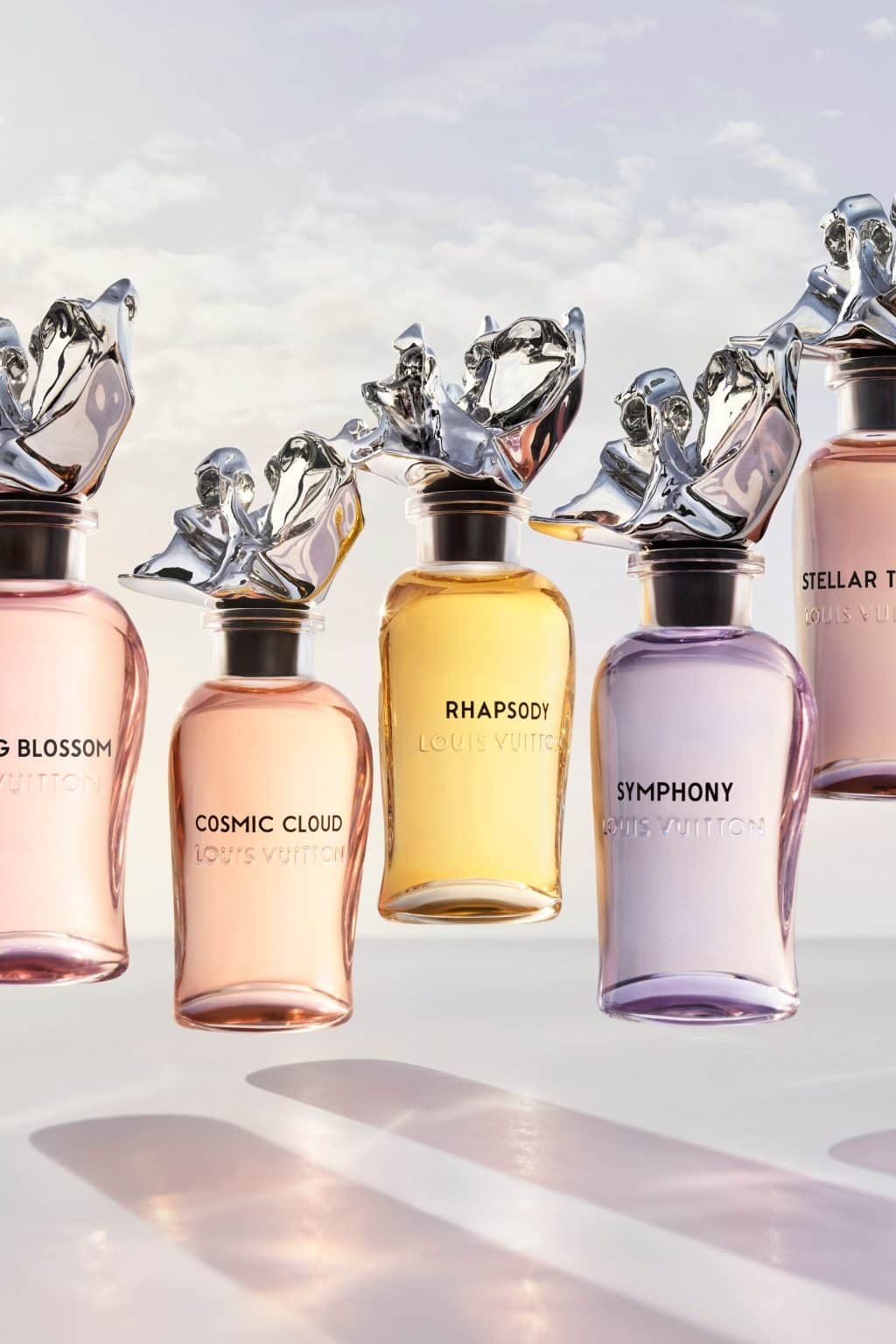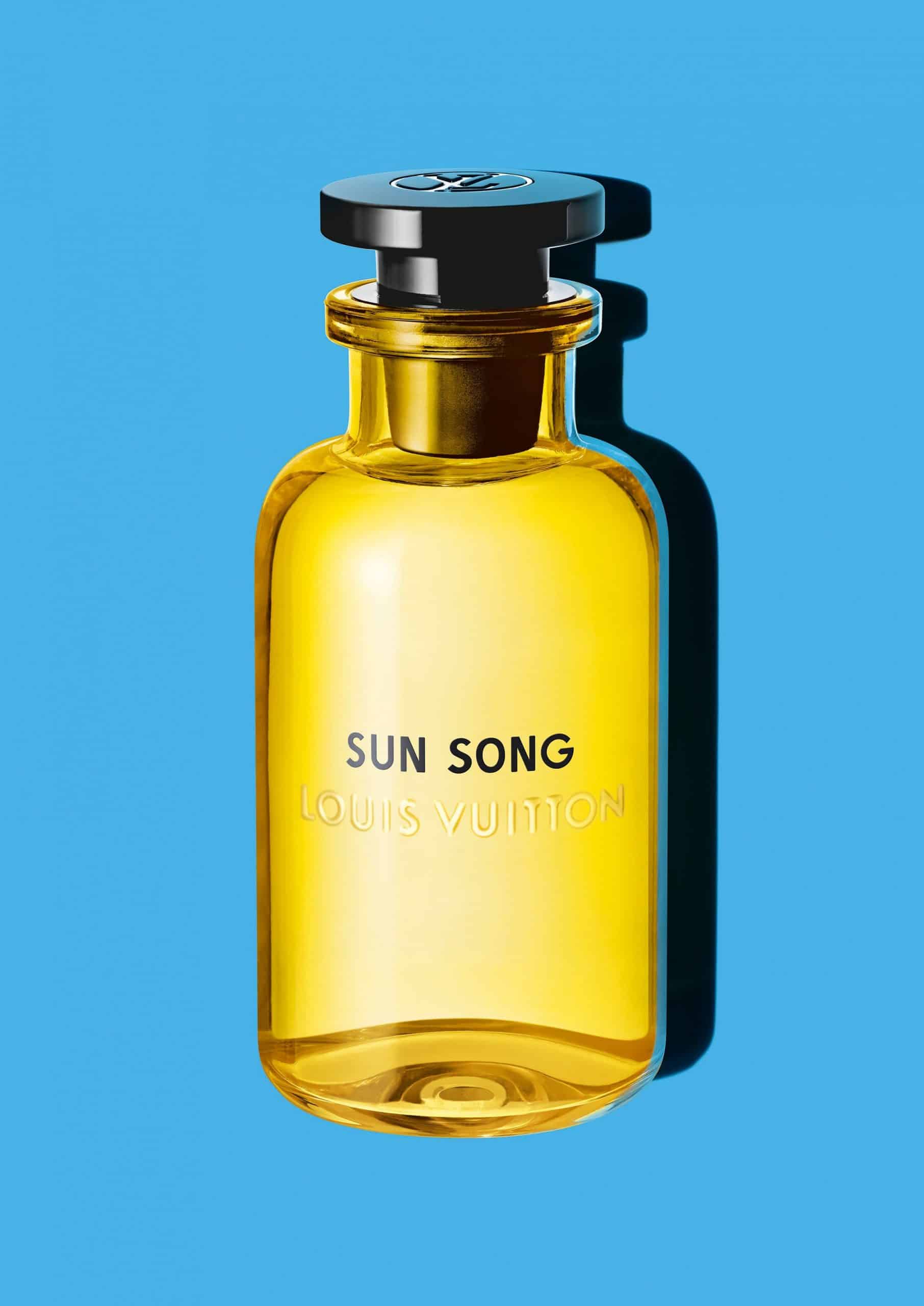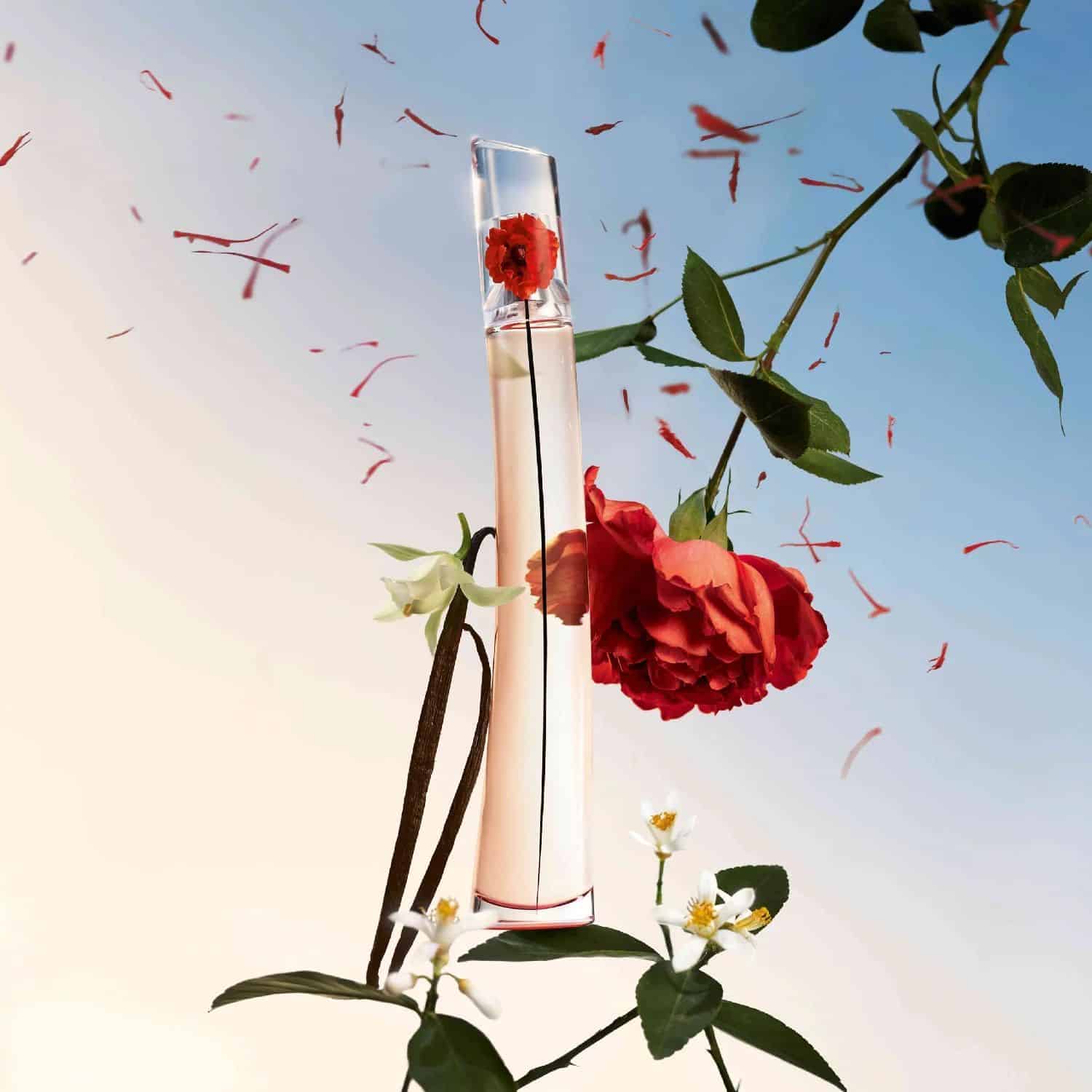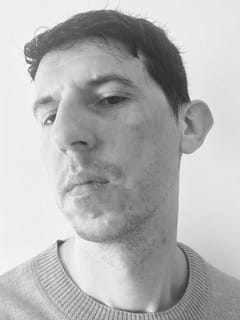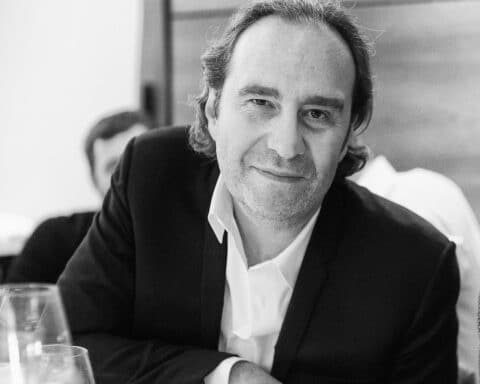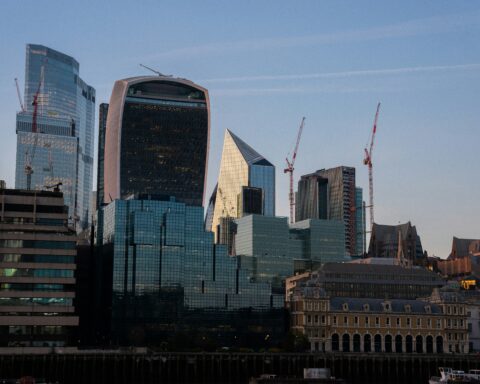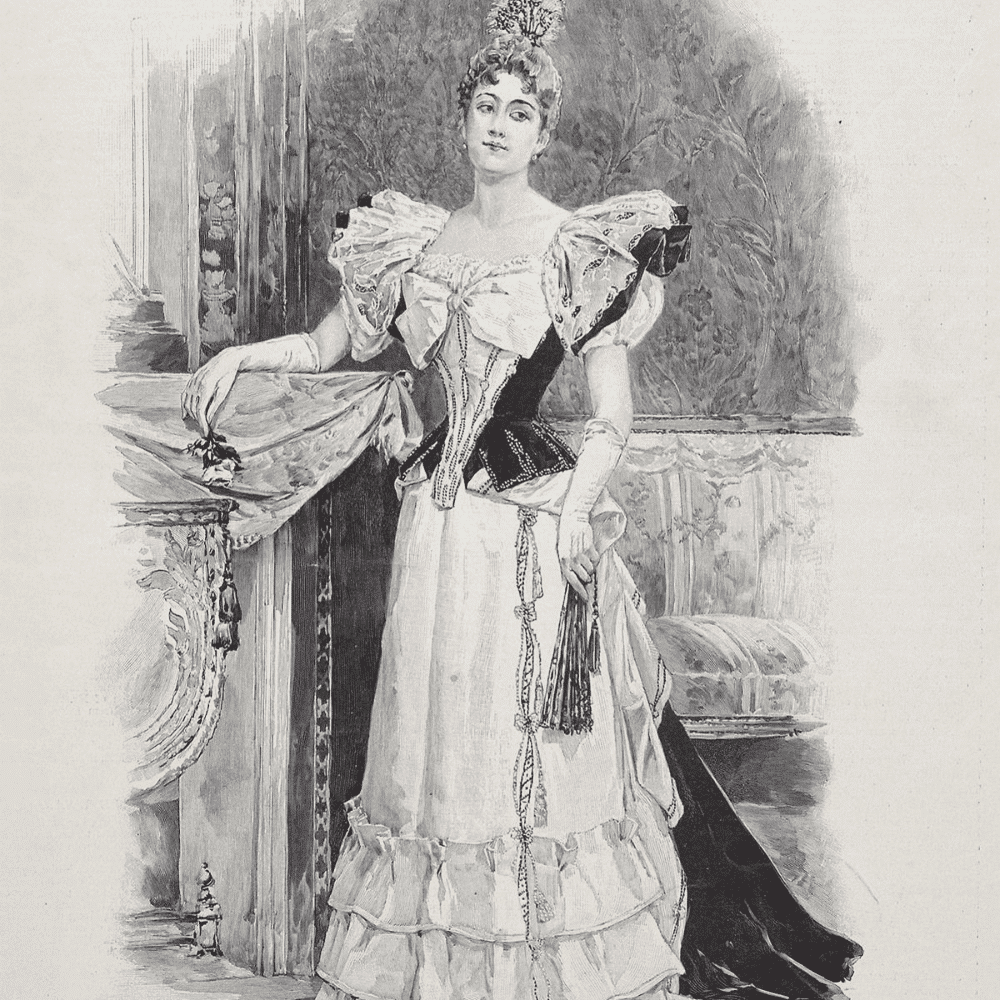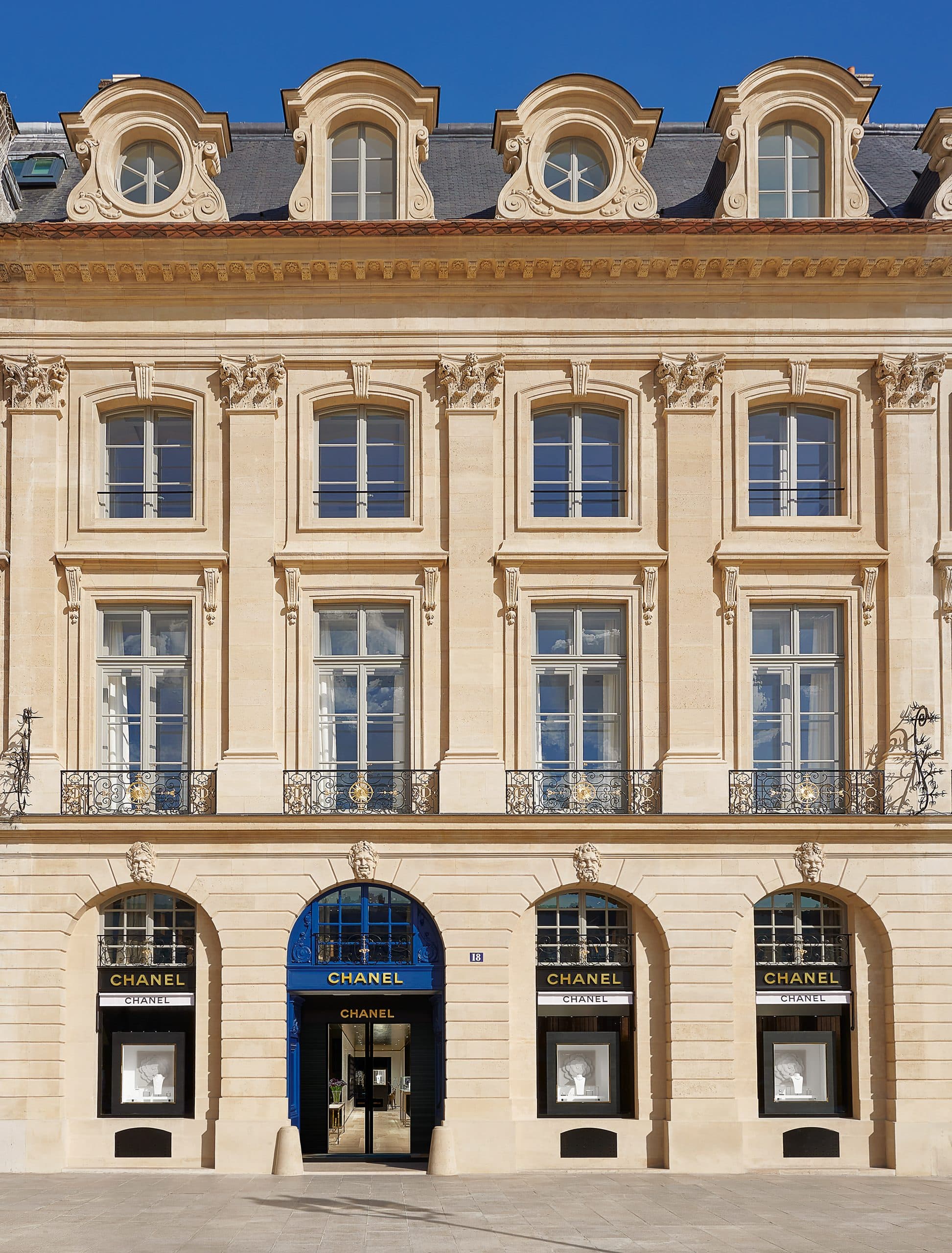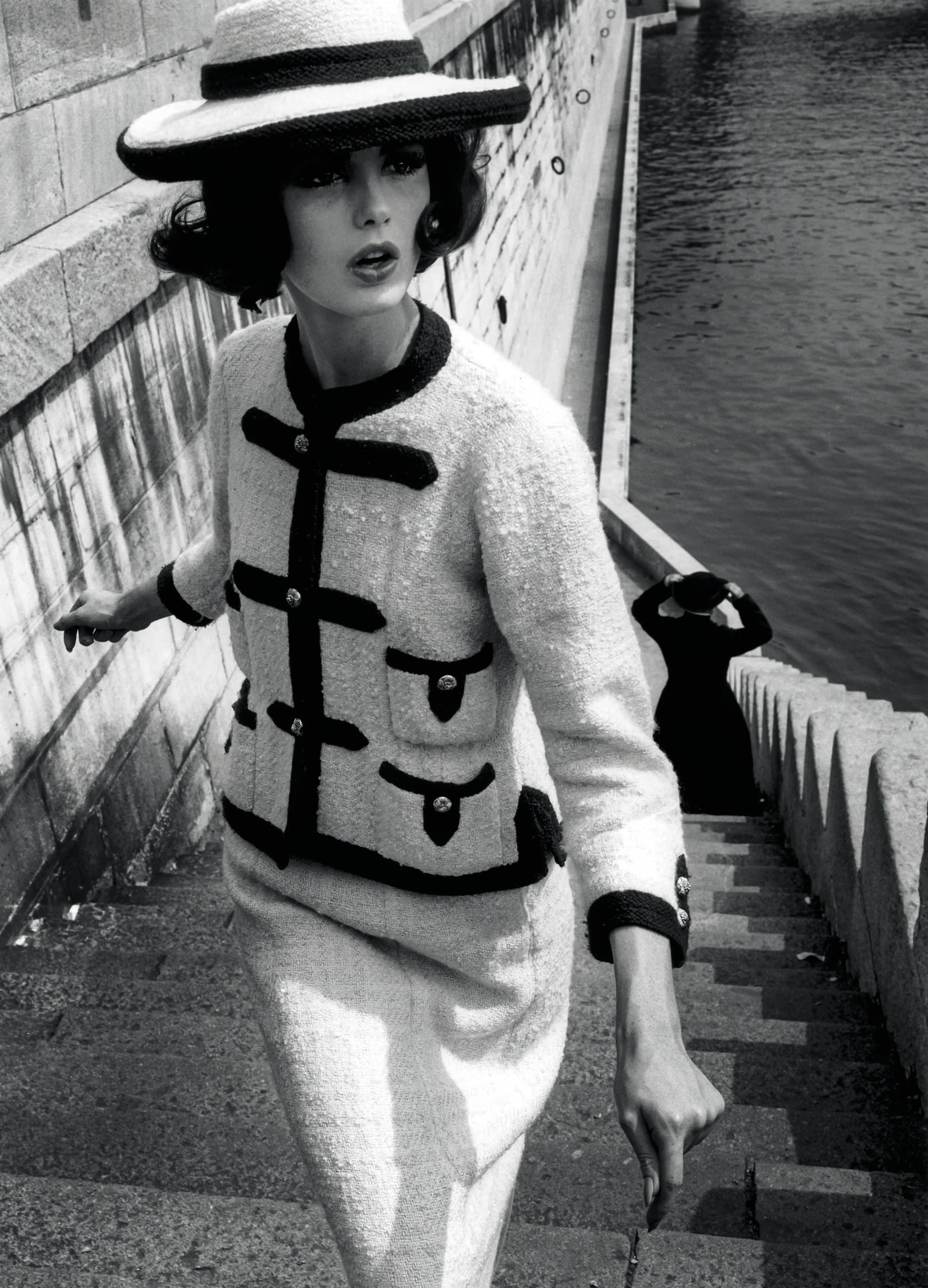Editor’s note: This article was first published in the print edition of the Fall/Winter 2022-23 issue of Luxus+ magazine. Click here to view the full issue.
They are farmers, beekeepers, nurserymen or even flower growers: they are the new muses of perfumery and cosmetics. They are the new muses of perfumery and cosmetics. A salutary return to the raw material, far from digital delirium and a world that sometimes veers into metaverse mode, without borders and without compass.
Monopoly in the hinterland
In Grasse, the big names in luxury are investing in perfume flower farms, thus ensuring the supply of raw materials. While anchoring their brands in their eco-responsible approach, they are also adding a beautiful chapter to their legend…
In 2021, in the manner of a Millésime, Dior has offered for sale a Miss Dior Rose Essence. This one uses the entire May rose crop from Domaine de Manon in Grasse, a historic partner farm of the house. Clos de Callian, another Grasse estate, reserves its entire jasmine harvest for Dior perfumes…
Another special cuvée: that of Lancôme’s best-seller, La Vie est Belle Domaine de la Rose. This one is named after the Centifolia rose fields, the Grasse land the brand acquired two years ago, a showcase for its CSR commitments. The pink-walled estate will also open to the public in 2023. Surrounded by exceptional raw materials, the Lvmh group’s Fountains of Perfume estate houses the laboratory of two superstars of the profession, Jacques Cavallier-Belletrud and Francis Kurkdjian, respectively in charge of Louis Vuitton and Dior fragrances.
Niche perfumery is not left out, Aurélien Guichard, founder and perfumer of the brand Matière Première has also ensured the organic production of his rose Centifolia. He has owned his own fields near Grasse since 2016. Even Brad Pitt, already a wine producer in Provence, has sensed the lode with his first skincare line, Le Domaine Skincare, launched in September 2022. Named after the house he bought, Le Domaine de Miraval in Provence is a short range with premium positioning developed with the winemakers of his estate and experts in oenology.
Iris, geraniums, tuberoses, roses and jasmines, these are also several annual harvests, on nearly 30 hectares, cultivated since 1987 by the Mul family which are dedicated to Chanel’s perfumes. The House of the rue Cambon secures a supply made necessary by its requirements but also by the scarcity of certain essences on the market. This is the case, for example, for Jasminum Grandiflorum, the jasmine used in the composition of Parfum N°5, and even more so for its extract, its most concentrated version. For its new Chanel N°1 line, which claims its eco-commitment, both in terms of packaging and in terms of the garden, Mademoiselle’s favorite flower is at the heart of the formulations. The red camellia, noted for its strong resistance to weathering and the ravages of time.
To underscore this approach, Chanel has highlighted in its communication its partnership with the nurseryman Jean Thoby, which began in 1998. Based in Gaujacq, in southwestern France, between the landscapes of Béarn and the banks of the Adour River, this camellia expert grows no less than 2,000 varieties. In particular the Camelia japonica “Alba Plena”, a white camellia threatened with extinction, saved thanks to the interest and commitment of Chanel cosmetics. In its collection, the nurseryman has two mother plants that were ordered by Gabrielle Chanel herself, more than a century ago…
The map and the territory
When science meets legend. Dior has also invested in 2020, near Granville, next to the pink house that has become a museum overlooking the English Channel. The designer’s hometown is intrinsically linked to the brand’s aesthetic and historical heritage, already featured in 2010 in the excellent Granville, one of the juices in the Private Collection. Six hectares are now home to the cultivation of the Granville rose, a variety of wild rose that grows on the cliffside and braves storms. For more than 10 years, this rose has inspired Dior research and its repairing and revitalizing properties are used in the composition of the Dior Prestige line.
Guerlain‘s skincare experts have been interested in the virtues of honey. This is not surprising for this House, which encloses its most emblematic juices in famous bottles with bees. Guerlain has introduced into the formulas of Abeille Royale pure honey with healing properties of black bees from the island of Ouessant, foragers that live far from the coast and pollution. There is no sophisticated muse for this premium skincare line, but a TV spot as close as possible to the hives and the beekeeper’s gestures.
Seaside and seascape are also the leitmotiv of Lostmarc’h perfumes, which takes its name from the Breton beach at the end of the peninsula. The apothecary of the oceans plays on the notion of terroir, with, for example, Iroaz, the rose of a priest’s garden caressed by the sea spray, or Ael Mat, a stroll between land and sea, between gorse and heather. About his project, the director of Lostmarc’h confides to us: “Our brand meets the need for proximity and identity. Globalization erases all local and regional particularities by standardizing products, we are convinced that it is necessary to create perfumes […] close to us. [The use of Breton names allows us to anchor them in the authenticity”.
Since 2016, L’Artisan parfumeur has been offering a tour of France, through a collection that smells of vacations and nostalgia. With an air of Brittany, a fragrance inevitably iodized, or with all the mischief of the tangerine candied in Mandarina Corsica: so many creations that draw as an olfactory portrait of the hexagon, to discover and rediscover …
Macadam flower.
Hands in the ground: with its best-selling Flower by Kenzo, the House of the famous Japanese designer dreams of planting fields of poppies on every street corner. For its new Flower by Kenzo L’Absolu variation, it chose Masami Charlotte Lavault, a flower grower who in 2017 was behind the Plein Air Paris project, the first flower farm in the middle of Paris.
Back to the earth and even to “regionalism” for perfumery and cosmetology: we can see it as a desire for the real thing, with well-honed communication strategies highlighting the eco-engagement of brands, but also vectors of meaning. A concrete way for the big names in luxury to respond to the desires of an increasingly informed consumer, seeking emotions, quality, results, traceability and references…
Read also >GUERLAIN X MATISSE, THE HAPPY COLLAB’ WITH A COLORFUL PERFUME




